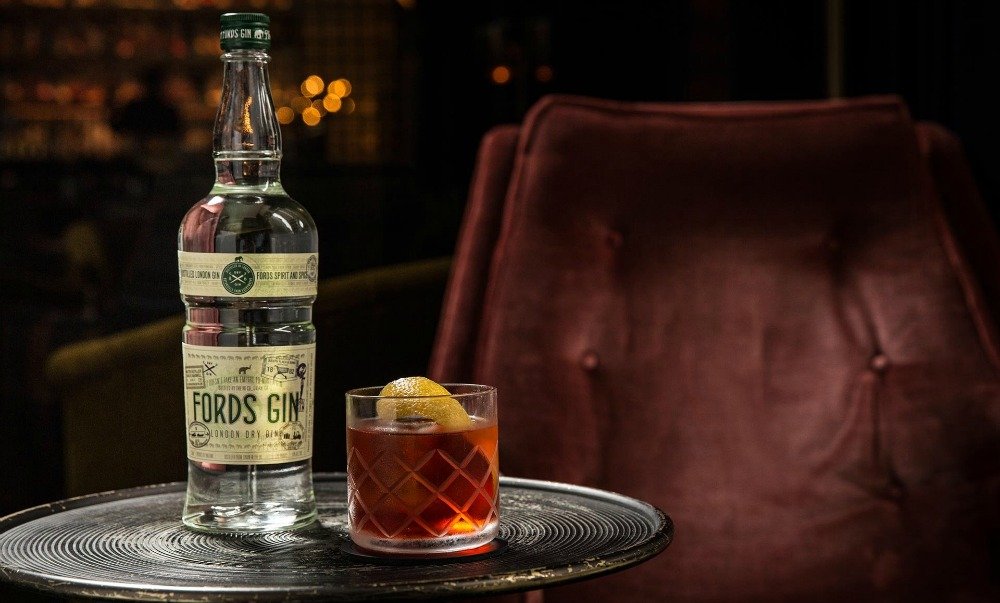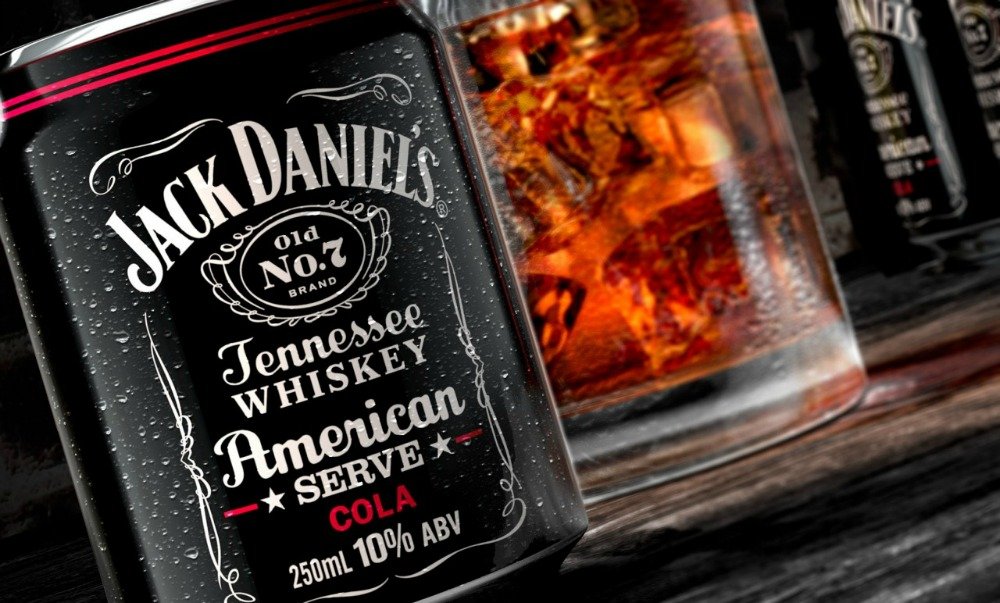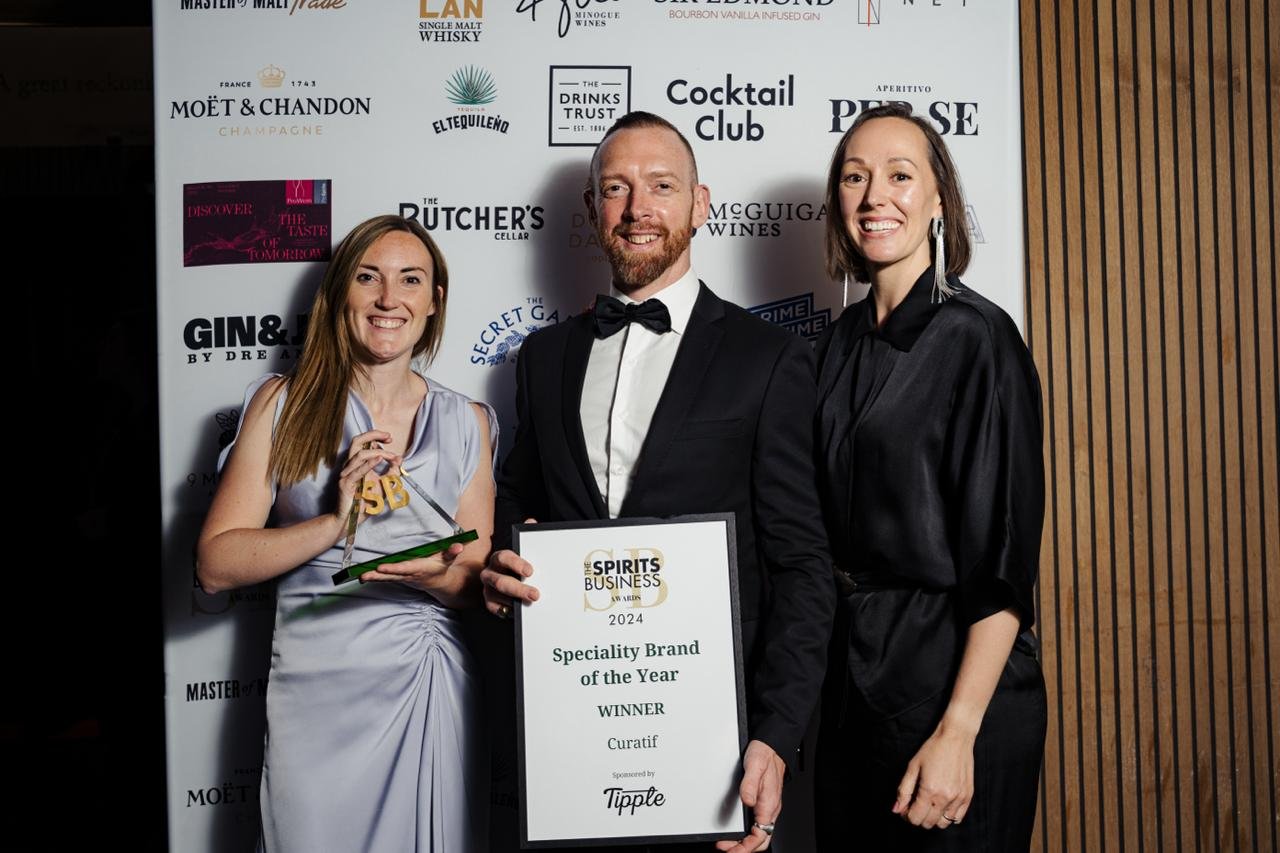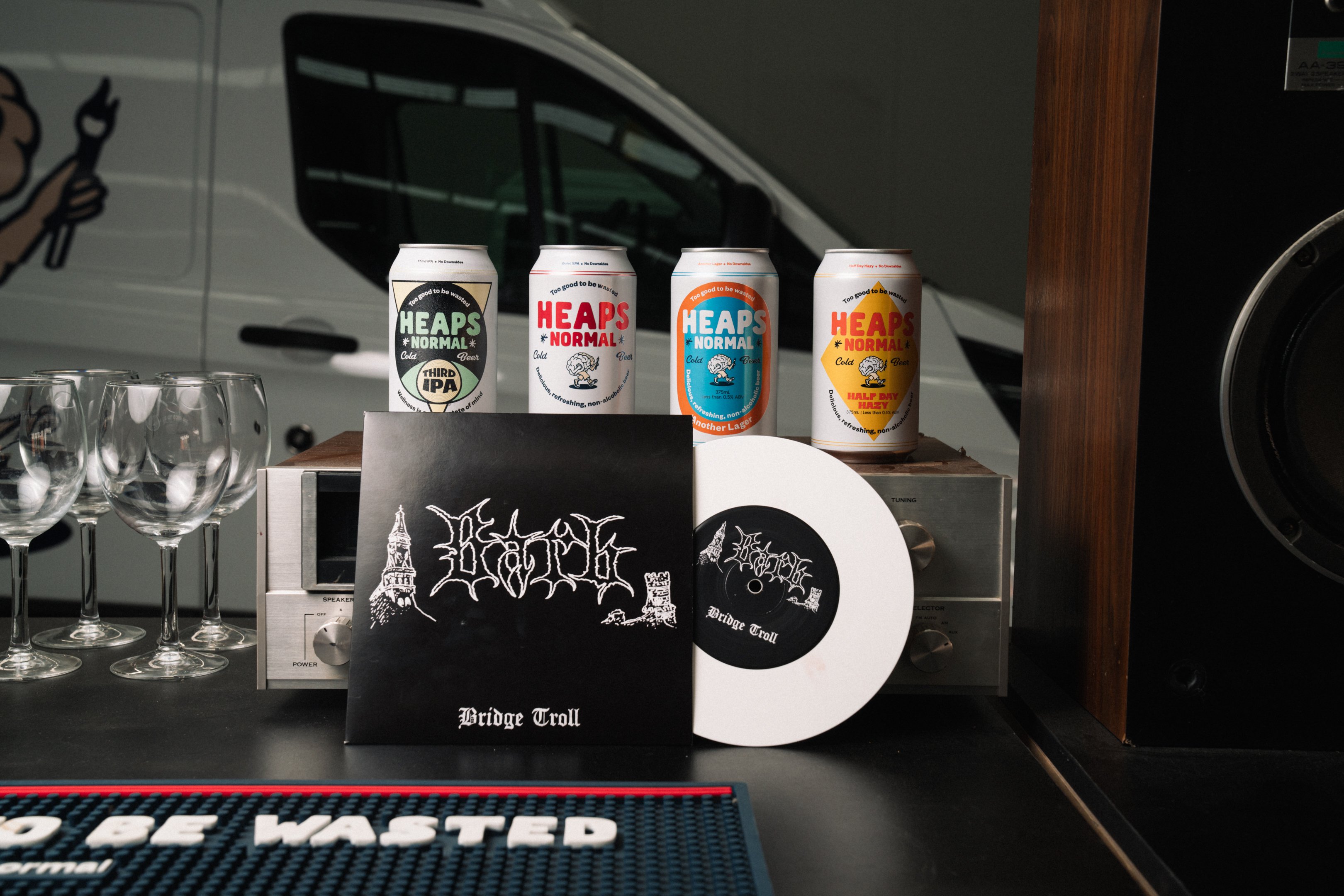Brown-Forman has revealed how it's "decoding the new consumer mind" and identifying pandemic trends that will influence its business in the future.
The observations follow the company revealing net sales declined 5% to $709 million for its fourth quarter and fiscal year ending April 30, 2020.
For the full year, the company’s reported net sales increased 1% to $3.4 billion (flat on an underlying basis).
In Australia, underlying net sales declined 1%. Lower volumes of Jack Daniel’s RTDs and Jack Daniel’s Tennessee Whiskey were only partially offset by volumetric growth from the super-premium American whiskey portfolio.
Differing outcomes globally during pandemic
During an analysts call, CFO Jane Morreau said the company began to experience the effects of the pandemic on its results in mid-March and throughout April.
"Many of our major markets went into countrywide lockdowns and implemented significant stay-at-home restrictions," Morreau said.
"Shutdown severely limited the on-premise business, which represents approximately 20% of our business globally.
"In addition, travel bans and other restrictions were implemented, and these significantly impacted the Travel Retail channels. As a result, we estimate that the pandemic negatively affected our underlying net sales by approximately 15% for the March-April period, with a greater negative effect occurring in April following some benefit we believe we experienced from pantry-loading in March.
"Our developed international markets experienced underlying net sales declines similar to the company for the March-April period and worse than the US, but we saw strong off-premise consumer takeaway trends across many of these markets. These increases were not sufficient to offset the on-premise closures."
Off-premise sales strong in the US
Off-premise takeaway trends for alcohol significantly accelerated in the US off premise and have "remained robust over the past 13 weeks with spirits growing the fastest".
"While we expect there was some early on pantry-loading in mid to late March, overall consumption has clearly shifted from the on-premise to new at-home occasions," Morreau said.
"The strong growth in the off-premise channel has offset the significant hit to the on-premise business. We saw impressive growth of our brands in the e-premise channel and significant acceleration in large off-premise accounts."
CEO Lawrence Whiting added: "The inventory piece that I found interesting in the US is the consumer themselves and their pantries. We all looked at the March explosion and the Nielsen numbers and said, wow, there’s pantry-loading going on, are we going to see a fall off in the off-premise in the upcoming months because of that? And it didn’t happen."
The new consumer mindset
Morreau said Brown-Forman had observed consumers moving toward trusted brands and seeking opportunities to indulge in everyday luxuries.
"We know that the consumers are seeking convenience, such as RTDs and flavored whiskeys and increased home consumption occasions, including virtual cocktail parties," she noted.
"And we ascertain the consumers were and are still making larger, less frequent shopping trips. We quickly made adjustments to our focus and resources based on these trends and applied them on a market-by-market basis.
"For example, we reprioritized our portfolio and we shifted our focus to channels where the consumer was and continues to shop. We shifted advertising investments and teams to align with these reprioritized areas of focus, such as digital, as well as prioritizing off-premise accounts, such as classic versus convenience, large format versus independent.
"We reduced discretionary spending such as T&E. We stopped spending behind on-premise activities and various events and sponsorships that were cancelled. And we accelerated and fueled our activities in e-premise channel in several key markets globally."
Shift away from craft spirits
Whiting noted that it would be a tough road ahead for new and emerging brands, which normally rely on the on-premise to build their profile.
"Craft brands have not really made a meaningful impact on market share over the last few years, they sort of topped out around 3% or 4%," he said.

"I think, those brands are going to have a hard time because restaurants that are struggling because they are only half full have to be careful with their inventories and have to rationalize the SKUs. And so, that’s a benefit for Jack Daniel’s. At the same time, it makes it harder for some of our other brands such as Fords Gin as an example, which is much smaller.
"And so, I also think there’s a dynamic where as a consumer you're not able to go to a bar, look at 200 brands behind the bar and make a choice on a different something you want to try. You’re sitting at a table, you have to be able to order something that you know, and so experimentation goes down a little bit. And we’ll just have to see how that plays out over time.
"But I do think, there will be a bias in the on-premise world for the big tried and trusted brands, and we’ll just have to see how that plays out."
Share the content










